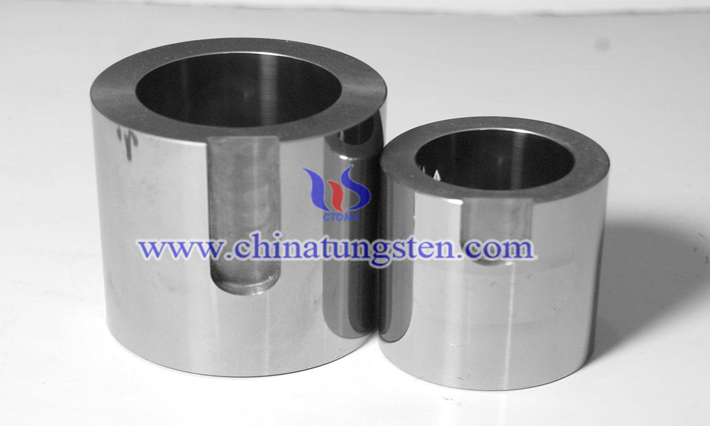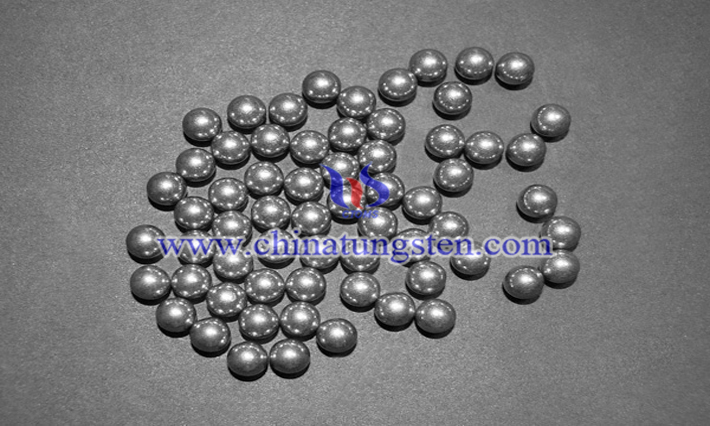Brief History of Tungsten Alloy Development
- Details
- Category: Tungsten Information
- Published on Friday, 13 August 2021 16:56
The climax of research on the brief history of tungsten alloy development is mainly pided into the following four stages:
The climax of the first research was from the Second World War to the middle and late 1980s. Politically, NATO and Warsaw Pact, led by the United States and the Soviet Union, had a cold war, and the East and the West were confronted with each other, which made the world political situation grim. In science and technology, the third scientific and technological revolution with western developed countries as the main policy source broke out, and nuclear energy, semiconductors, synthetic chemistry and other technologies were born and developed preliminarily. Tungsten alloy has attracted much attention in the fields of aerospace, national defense and military industry due to the dual promotion of economy and politics and a series of excellent properties such as high density, high specific gravity and corrosion resistance. Studying the influence of tungsten alloy materials on alloy properties by adding and changing tungsten alloy elements is helpful to improve the performance of tungsten alloy, raise the level of aerospace science and technology in China, and enhance national defense security.

The climax of the second research was from the end of 1980s to 1990s, when China began to introduce foreign ammunition technology. With the start of the third generation tank development project in China, the development of 125mm caliber tank gun and its supporting ammunition started at the end of 1985, and the chamber pressure of tank gun kept equivalent to (or slightly increased) 120 sliding, retaining the potential for further improvement, and using the tungsten alloy bullet core of the first-stage ammunition. Because tungsten alloy has many advantages such as high initial speed, long direct distance and high shooting accuracy when used as the core material of armor-piercing projectile, Chinese researchers have adopted deformation strengthening technologies such as forging and extrusion, aging and cyclic heat treatment to improve the properties of tungsten alloy, so that it can play a greater role in weapon materials.
The climax of the third research was in the mid-1990s. A new powder injection molding technology of powder metallurgy near net formation appeared by introducing modern plastic injection molding technology into the field of powder metallurgy, which made it possible to prepare tungsten alloy fine parts with very complex three-dimensional shape. Tungsten alloy fine parts, such as shields, fishing weights, tank weights, cutting tools, military parts and so on, play an important role in civil and military industries.

The climax of the fourth research was from the end of 1990s to the beginning of the 21st century, and at least one dimension in the three-dimensional space was in the nanometer scale range or the material consisting of the substances in the scale range as the basic structural unit, that is, nano-materials appeared, which enhanced people's understanding of the atomic and molecular levels. The preparation technology of nano-tungsten-based composite powder and the preparation technology of high-performance fine-grained tungsten alloy bulk materials with nano-powder materials were also studied and developed.
- Tungsten Alloy Manufacturer & Supplier, Chinatungsten Online: www.tungsten-alloy.com
- Tungsten News & Prices of China Tungsten Industry Association: www.ctia.com.cn
- Molybdenum News & Price: news.molybdenum.com.cn
- Tel.: 86 592 5129696; Fax: 86 592 5129797; Email: sales@chinatungsten.com



 sales@chinatungsten.com
sales@chinatungsten.com